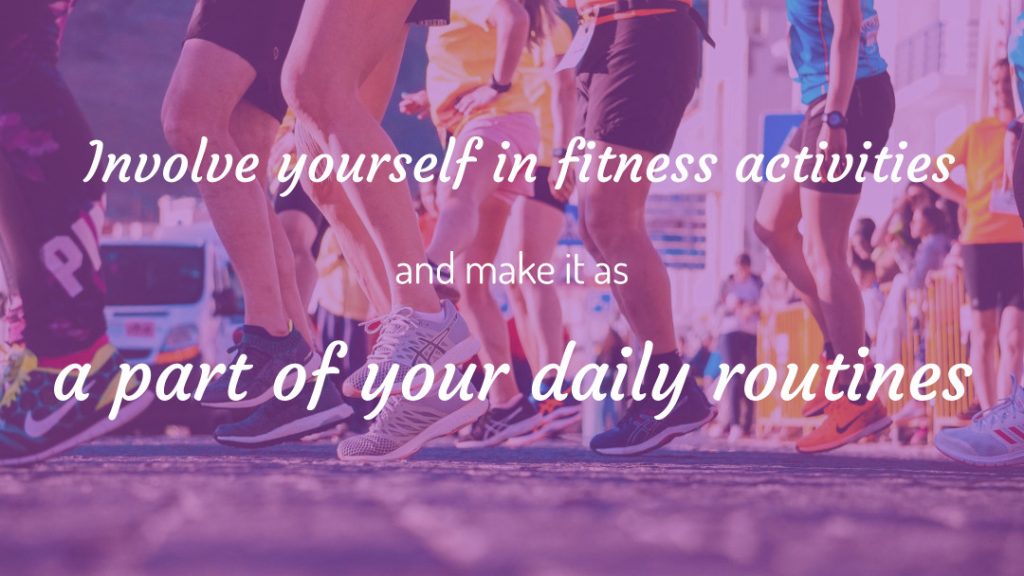There is evidence that physical activity is good for our health. We know that exercise is beneficial, but we also know that most people don’t get nearly enough.
You can improve your well-being by staying physically active. In our inactive world, exercising and being fit can be a tough case to sell.
Many of U.S. adults overeat and exercise too little, so nowadays:
- 34 percent of U.S. adults are “physically inactive.”
- 20% are “insufficiently active.”
- almost 40% are overweight
Now, why don’t we get more exercise? Well, it is hard work.
Sources:
https://www.cdc.gov/nccdphp/dnpao/docs/carlson-physical-activity-and-healthcare-expenditures-final-508tagged.pdf
https://jamanetwork.com/journals/jama/fullarticle/2676543?alert=article
The cost of inactivity
The cost of inactivity is enormous – not just in illness, but in dollars too.
Researchers say the U.S. spends around $117 billion per year on healthcare because of weak physical activity.
For example, diabetes has increased in America. Inactivity develops insulin resistance among other factors.
Those costs mentioned don’t include loss of productivity. The healthier you are, the more productive you become.
It’s strange if you think about it. We have spent time and effort trying to get people to move more, but, we’ve failed. So what happens next?
Once a person is healthy, he would have fewer absences in work. He is better in handling stress, and better in getting a more positive attitude.
A lifetime engagement in fitness
A healthy person enjoys the whole life span with a healthy body and mind.
To achieve and secure good health, you must commit to a healthy lifestyle and regular exercise.
A lifetime engagement in fitness will make you safe from the miserable feeling of obesity.
Most physicians remind their patients that physical fitness is the cure to avoid many illnesses. But what makes more and more people unhealthy?
Disproportionate body weight can harm your health. It is long known, not yet resolved fact. Instead, it gets worse through time as the health problems have exploded. One cause is the lack of physical fitness.
Almost every adult seems to be always in such a hurry they don’t find time for physical exercise.

It’s easy to overlook the most vital element of a daily routine, exercise. And technology has worsened the problem. Instead of using your legs you can go up the staircases with escalators and elevators. Instead of standing up, you move your swivel chair.
Where else will you place fitness?
You can’t take fitness for granted. Everything is instant, particularly food, but don’t make your life too instant. A lifetime devotion to fitness is a key to extend your life.
Involve yourself in fitness activities and make it as a part of your daily routines.
You can opt for a 24 hours fitness center if you are busy. That way, you can always fit the exercise in your schedule. Go run outside, even for once a week.
You work to earn for a living, to support your family and enjoy life. But will you be able to enjoy your assets if your health declines?
So remember to invest in good health too through a lifetime engagement on physical fitness.
The Importance of Physical Fitness
The great news is that it is never too late to move. For people who are already applicants for some diseases, exercise and physical fitness can:
- improve the condition of insulin sensitivity,
- lower the risk of heart disease, and
- promote weight loss.
Researchers say that lack of exercise were the key factors behind obesity and other severe diseases like diabetes. Hence, a person needs to stay healthy and be fit to avoid such illnesses.
Getting Started
The first order with any exercise plan, if you are a couch potato, is to consult with health care professionals.
If you have cardiac factors, you may need a stress test to verify a safe level of exercise.
Specific complications of some diseases will also direct what type of exercise is best for you.
If you have conditions that make exercise a challenge, an exercise physiologist can design a particular program for your needs.
Every bit helps
The bottom line is that physical exercise and fitness routines should be flexible. Your exercise can be as simple as a brisk walk, walking the dog, or taking the stairs instead of the elevator. The important thing is that you keep on moving. Every little bit helps.


Recent Comments